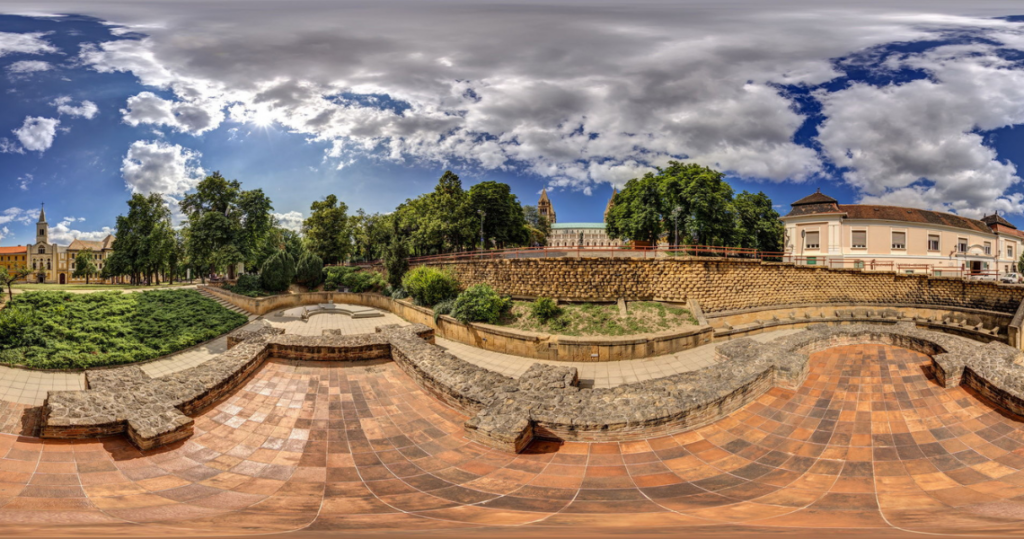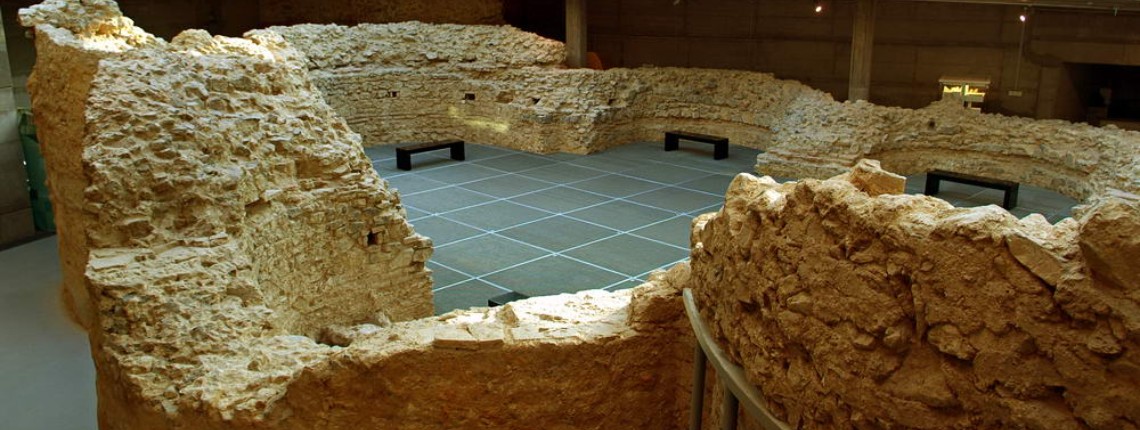Recognized as a UNESCO World Heritage Site, the 4th-century Early Christian tombs and burial chambers are opened up after over 1600 years to let visitors learn about this unique underground world with the help of modern tools.
They are smaller family tombs and bigger community crypts, burial buildings. Some of them are painted, their interior decorated with Biblical scenes and Early Christian symbols, which further increases the uniqueness and universal cultural value of this historical site.
The tombs were mostly the burial places of rich families. The underground part of the two-level structure is the crypt, the actual burial chamber where the dead were placed in brick tombs, or rarely in sarcophagi. Above this, a memorial chapel (memoria, mausoleum) was built. The two-level buildings had a double function: they served as burial places and as ceremonial sites.
In the Visitor Centre, six two-level tombs (Tombs Nr. 1, 2, 3, 4, 19 and 20), and two larger single-room buildings (Cella Septichora and Tomb Nr. 5) can be seen.
The Early Christian Mausoleum and the burial structures of Apáca utca are located forming two separate islands within the area of the World Heritage Site.


